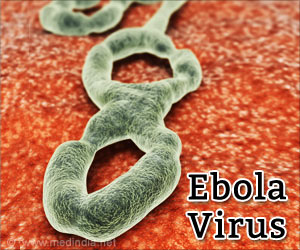A survey says that just 6 percent of U.S. hospitals are well-prepared to receive a patient with the Ebola virus.

According to the survey, one in two hospitals (51 percent) had only one or less than one full-time equivalent infection preventionist on staff. Infection preventionists are experts in identifying sources of infections and limiting their transmission in healthcare facilities.
Among hospitals with 0 to 1 infection preventionists on staff, 4 percent felt well-prepared to receive a patient with the Ebola virus, compared to 31 percent of survey respondents with 11 or more infection preventionists on staff.
"We know that many hospitals do not have enough staff dedicated to infection prevention and control," said Jennie Mayfield, BSN, MPH, CIC, president of APIC. "Facilities that are inadequately staffed to begin with are stretched beyond capacity at a time like this. The current crisis demonstrates our lack of surge capacity and should concern everyone. Because our infection preventionist members are having to focus so much attention on Ebola, they are very worried about what other infectious diseases we might be missing. The infection preventionist's skills have never been in more demand."
"The survey highlights the short shrift given to infection prevention at many U.S. hospitals," said Katrina Crist, MBA, APIC Chief Executive Officer. "The Ebola outbreak illustrates why facility-wide infection prevention programs are critical and require adequately trained, staffed, and resourced infection control departments. The unique skill set of the infection preventionist is needed to get out in front of this outbreak and prevent the next public health issue from escalating to a crisis."
According to the CDC, approximately 1 in 25 people in the U.S. get healthcare-associated infections and nearly 75,000 people die each year with these infections, about twice the number who die from auto accidents. Healthcare-associated infections cost the U.S. healthcare system in excess of $30 billion annually. Many healthcare-associated infections can be prevented with proper infection prevention practices.
Advertisement
• Personnel — Because Ebola readiness demands intense, in-person training and drilling led by infection prevention experts, adequate infection prevention staffing is critical.
• Training — To ensure that guidelines are followed precisely 100 percent of the time, healthcare workers must be trained and drilled on safety protocols so that they can demonstrate proficiency in essential infection control practices.
• Technology and equipment — To maximize efficiencies and provide real-time data to help infection preventionists detect and control infectious diseases, healthcare facilities must invest in infection tracking and monitoring technology.
Advertisement









